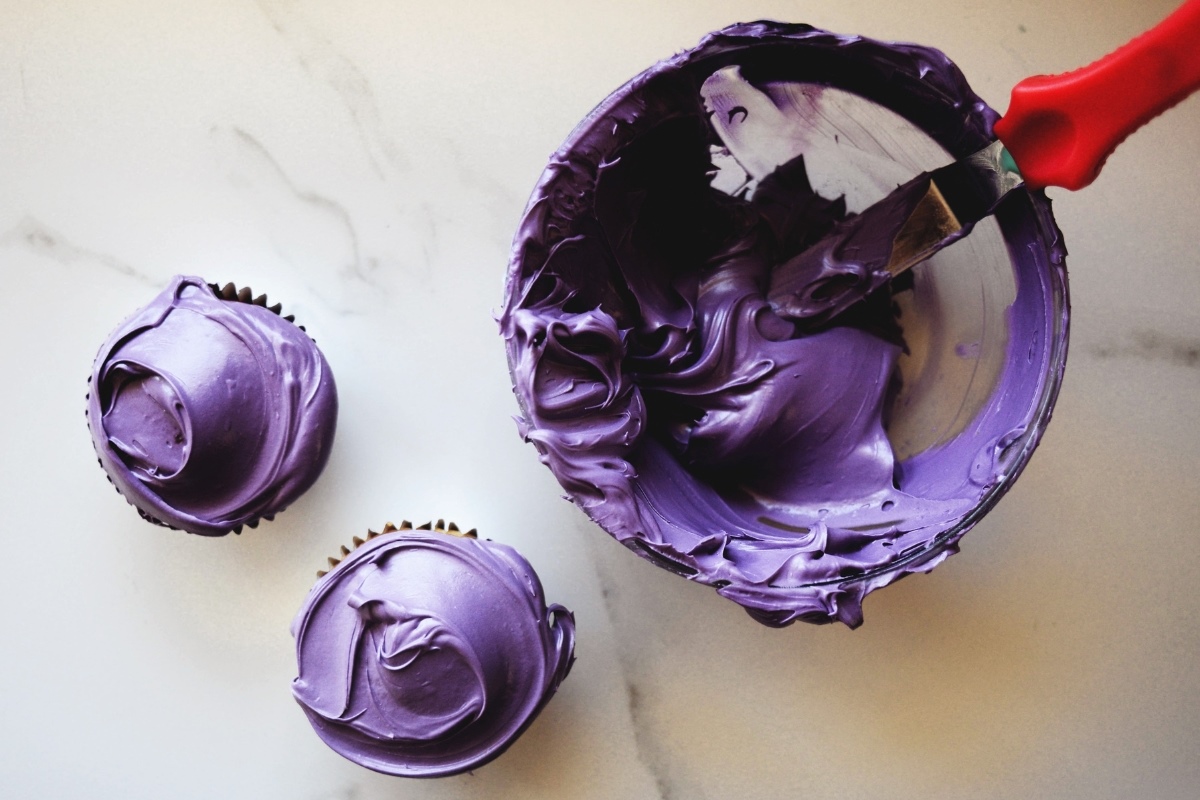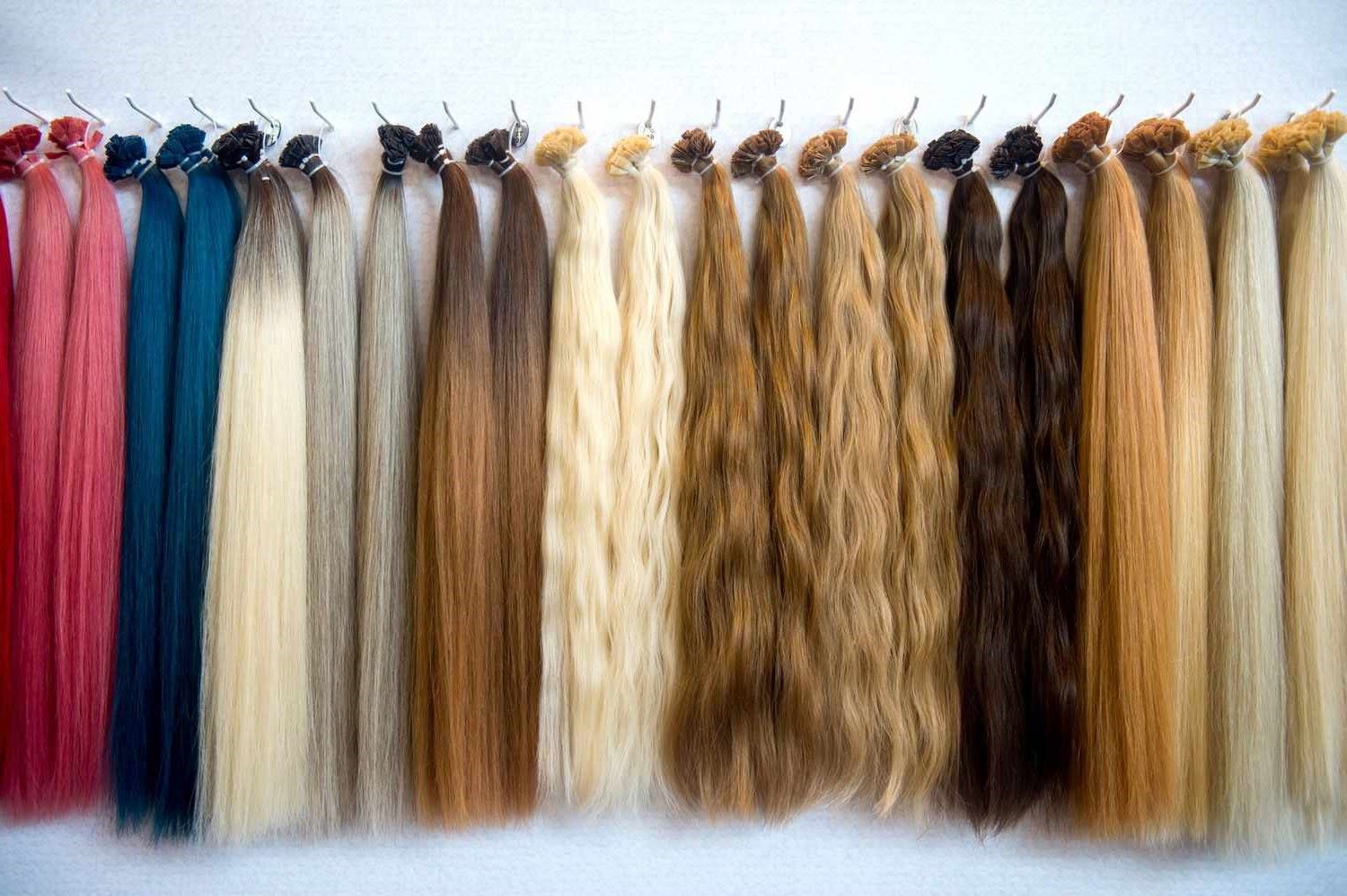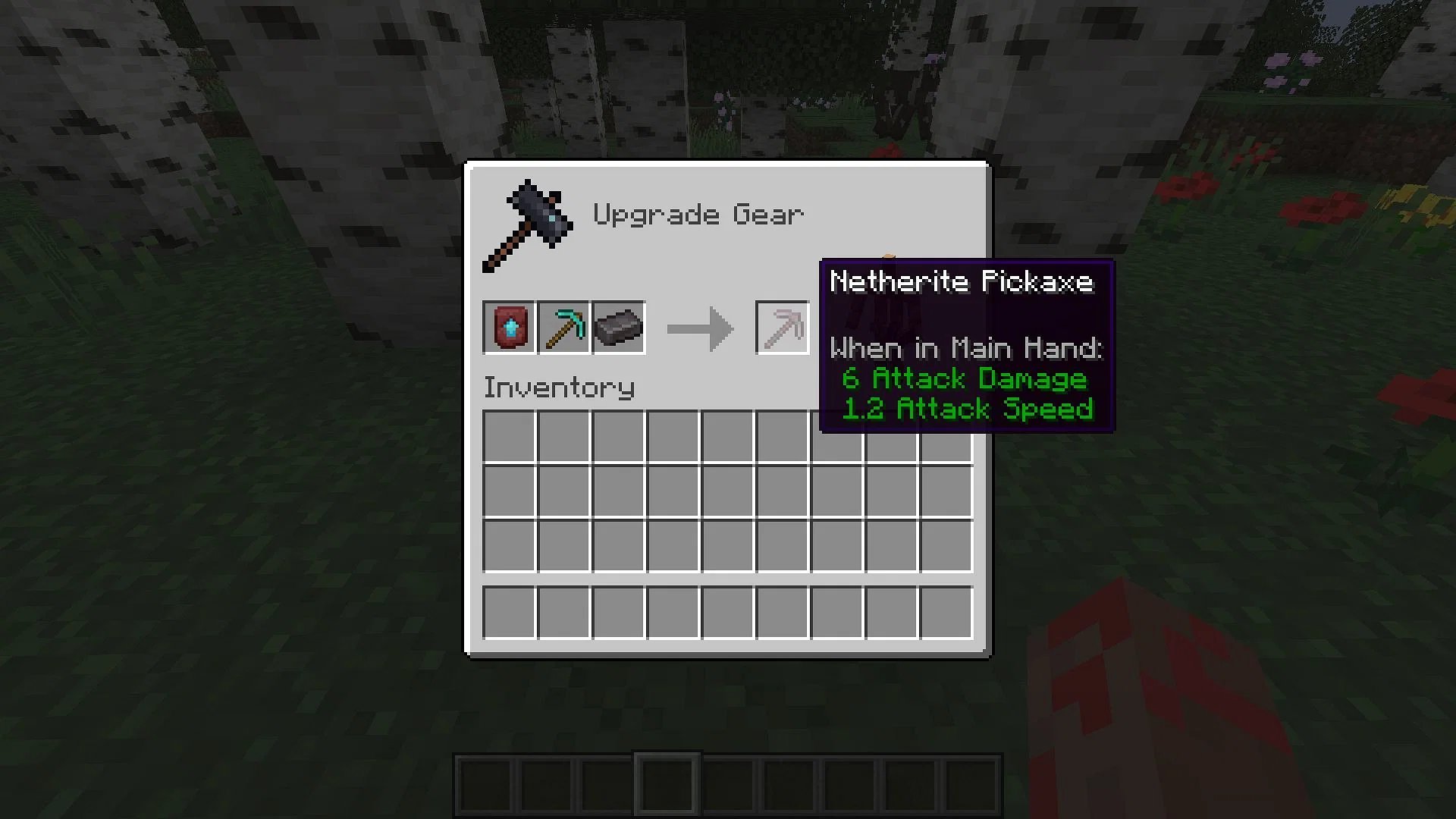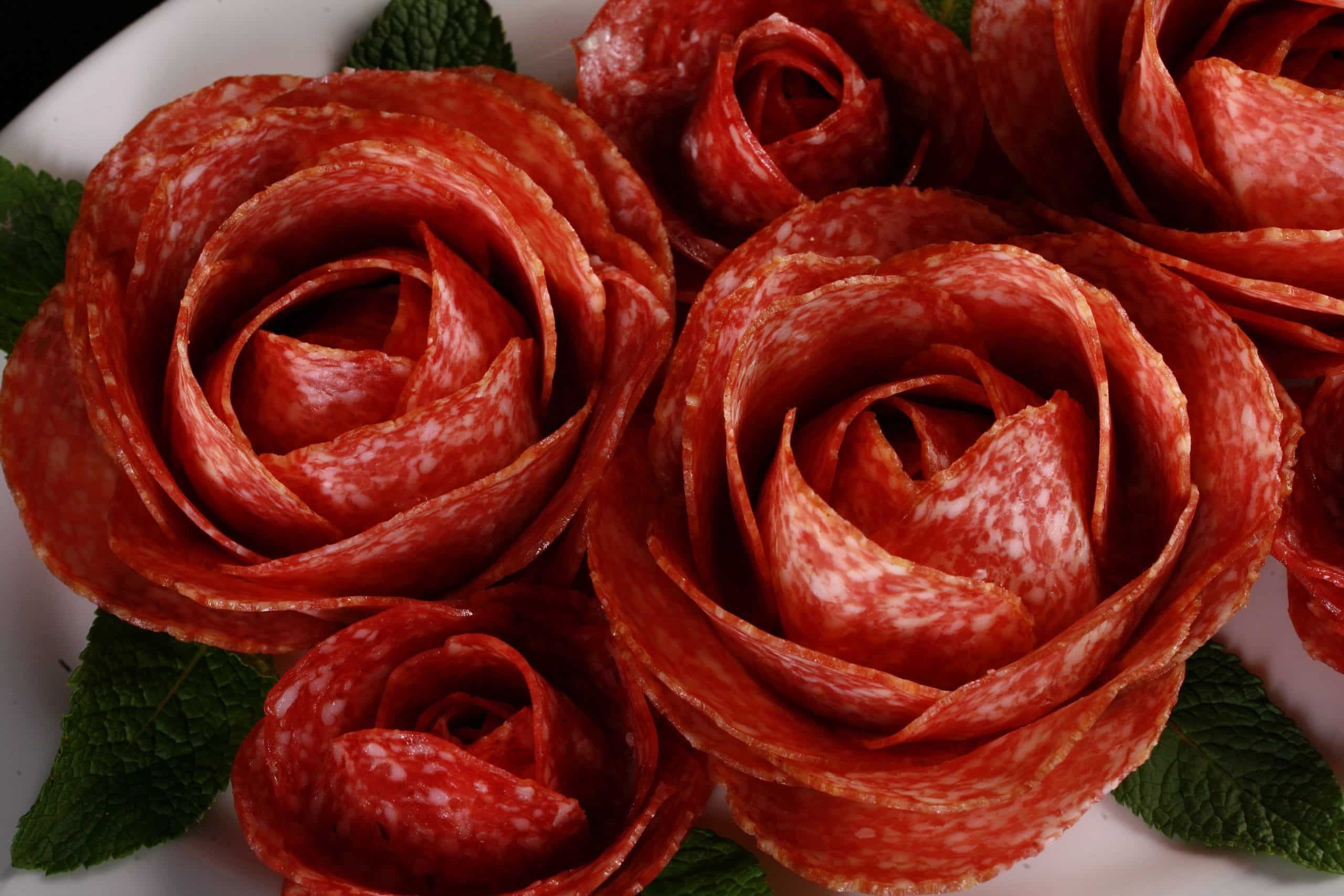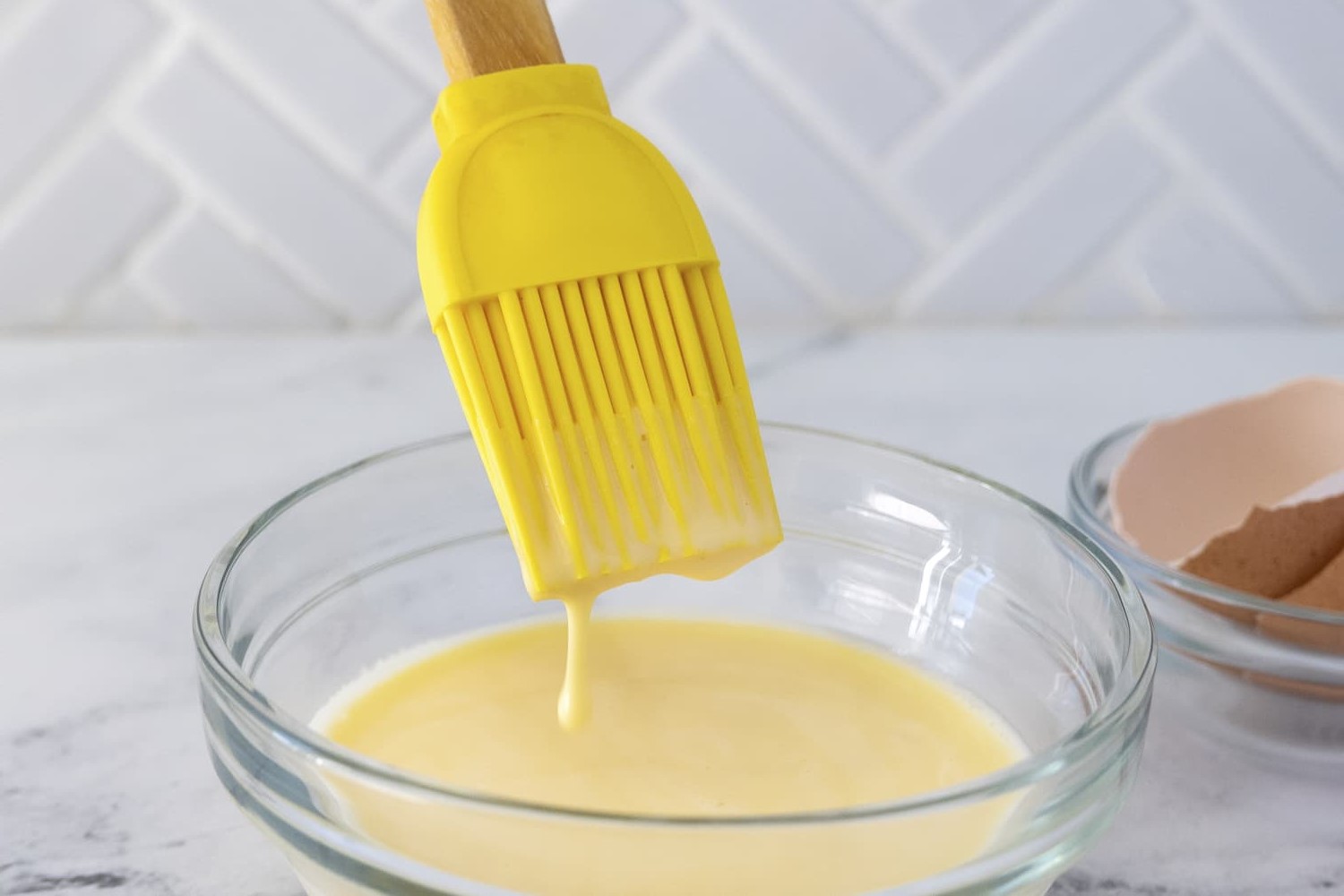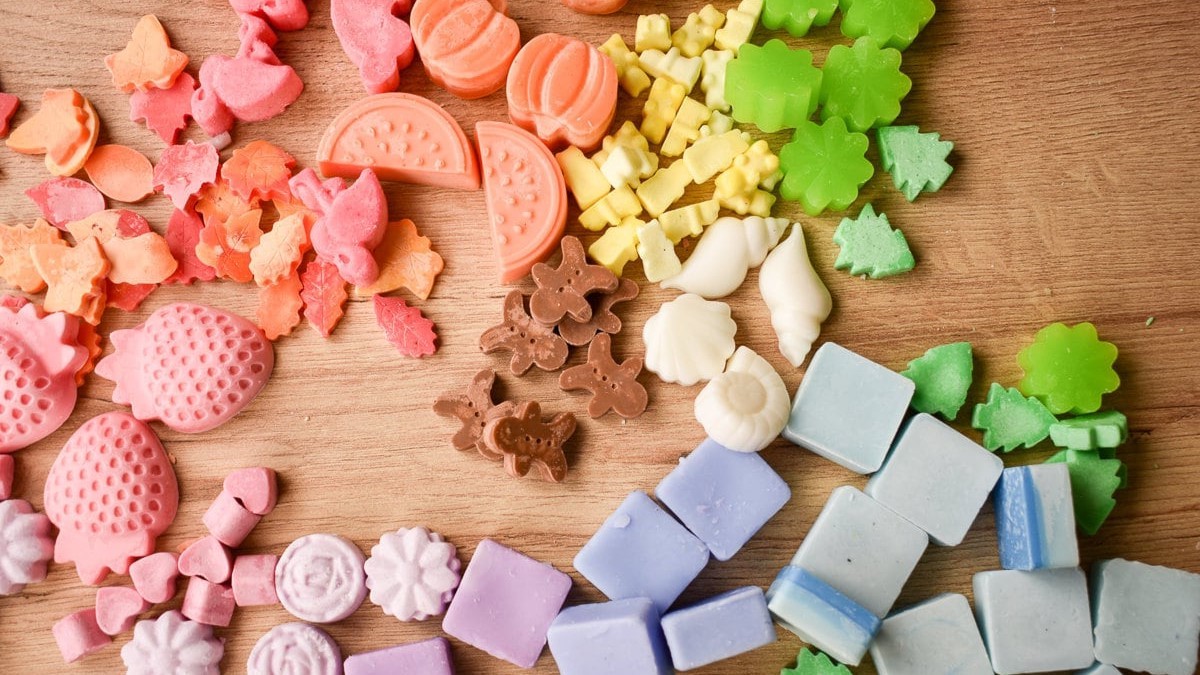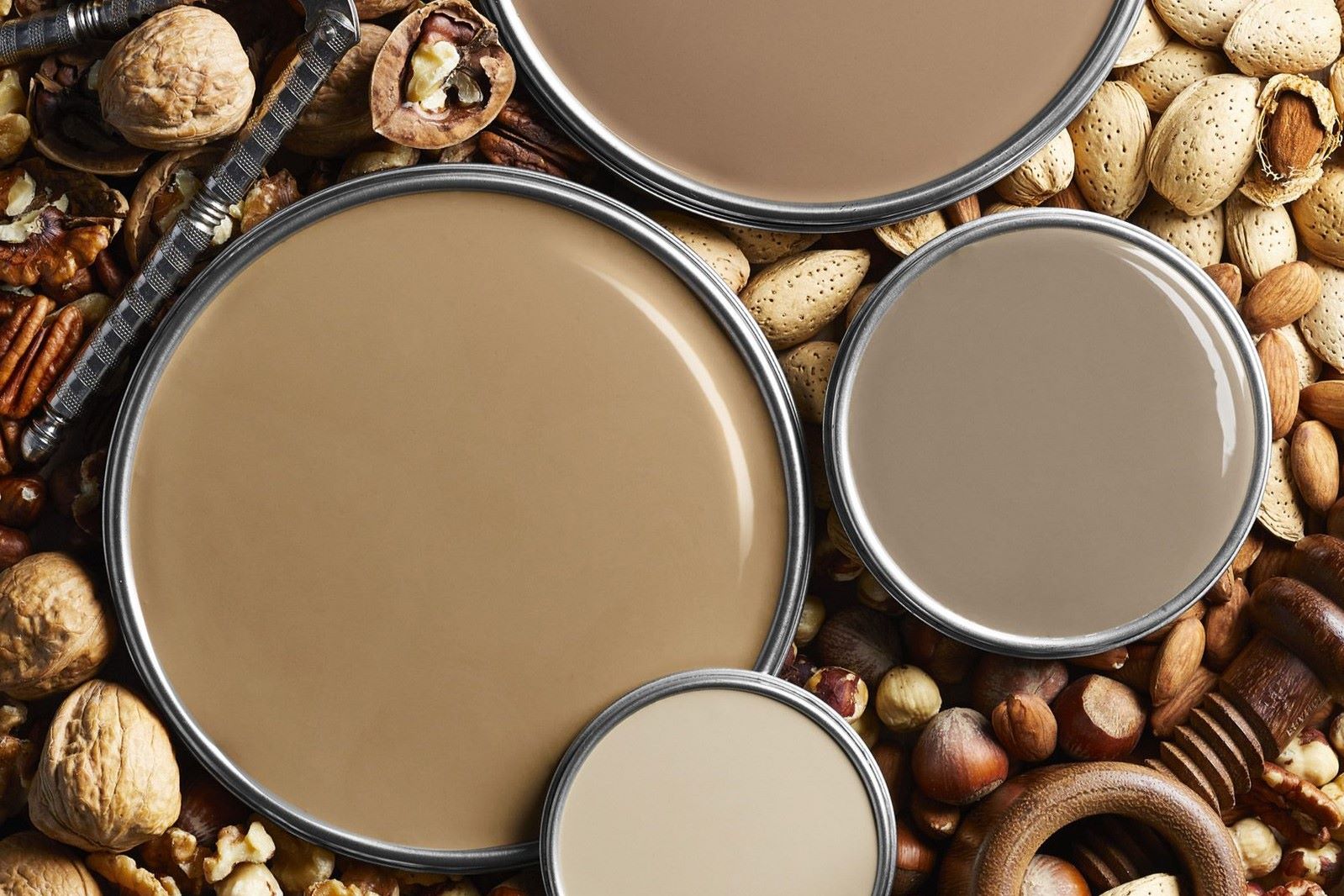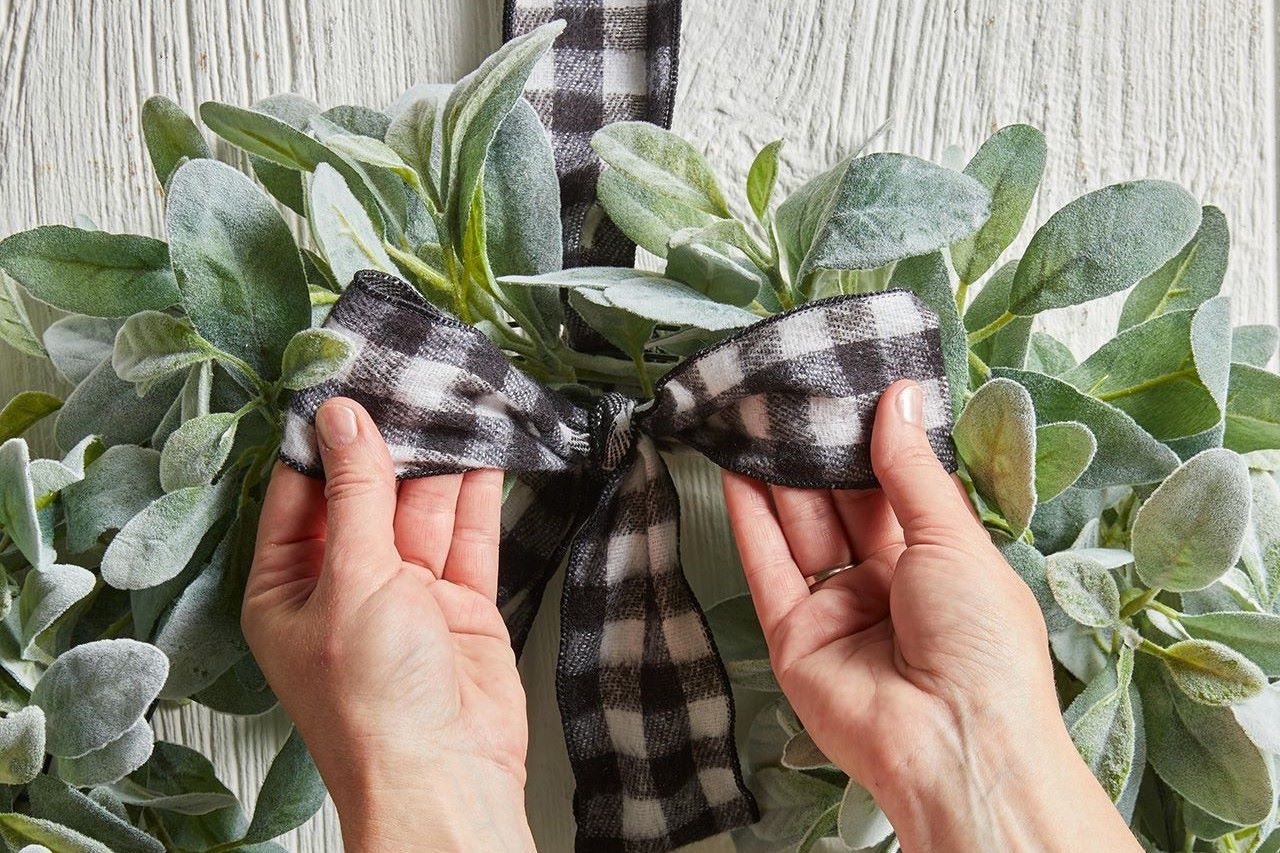Home>Arts and Culture>How To Make Magenta
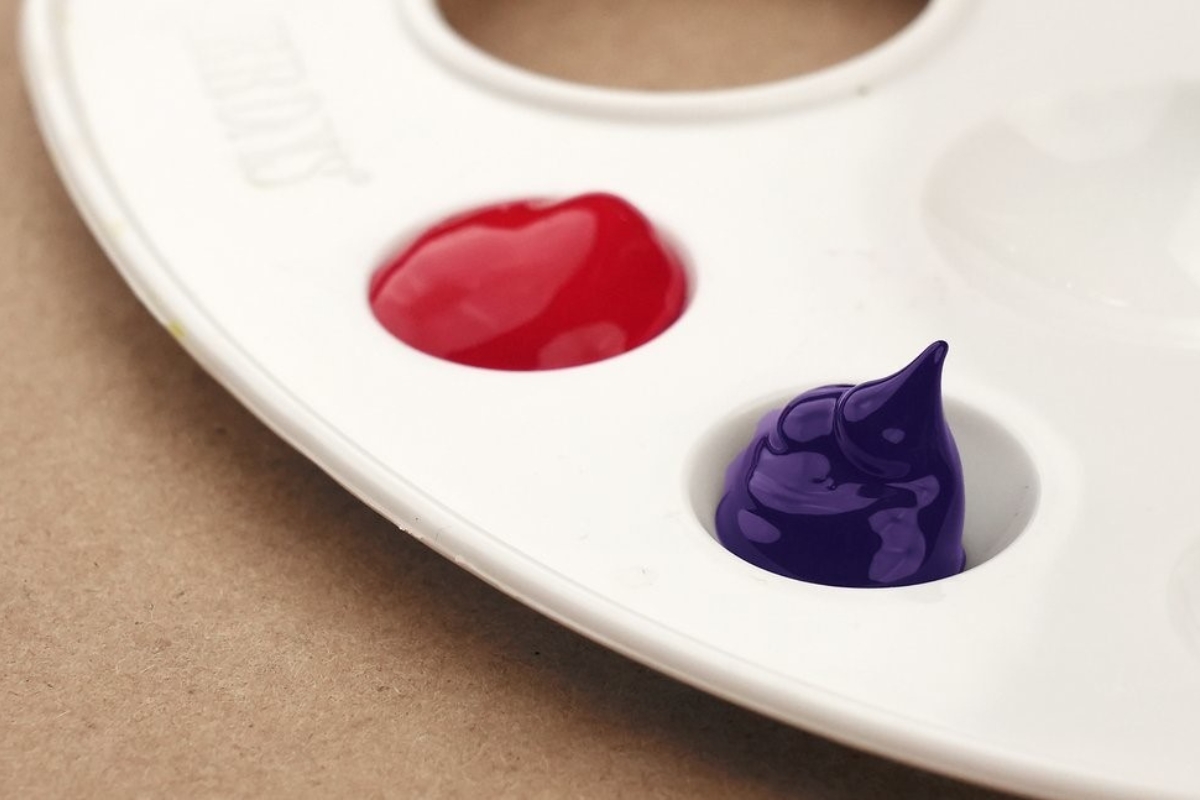

Arts and Culture
How To Make Magenta
Published: March 1, 2024
Learn the art of creating magenta with our step-by-step guide. Explore the intersection of arts and culture as you experiment with different techniques and materials. Unlock your creativity and express yourself through the vibrant world of magenta.
(Many of the links in this article redirect to a specific reviewed product. Your purchase of these products through affiliate links helps to generate commission for Noodls.com, at no extra cost. Learn more)
Table of Contents
Introduction
Magenta is a captivating and vibrant color that has captured the imagination of artists, designers, and creators for centuries. Its rich and enigmatic hue has been used to evoke a wide range of emotions and has found its place in various forms of art, fashion, and design. Whether you're an aspiring artist, a DIY enthusiast, or simply curious about the art of color mixing, learning how to create magenta can be a rewarding and fulfilling experience.
In this comprehensive guide, we will delve into the fascinating world of color theory and explore the intricate process of mixing the base colors to achieve the alluring shade of magenta. By understanding the fundamental principles of color blending and harnessing the power of creativity, you will embark on a journey that unveils the secrets of this mesmerizing hue.
Join us as we unravel the art and science behind the creation of magenta, from gathering the necessary materials to refining the color to perfection. Whether you're a seasoned artist seeking to expand your palette or a curious beginner eager to explore the wonders of color creation, this guide will equip you with the knowledge and skills to bring the captivating essence of magenta to life.
So, roll up your sleeves, unleash your creativity, and get ready to embark on an exciting adventure into the world of color as we uncover the secrets of making magenta from scratch.
Read more: How To Make Teal
Understanding the Color Magenta
Magenta, often described as a purplish-red or pinkish-purple color, holds a unique place in the spectrum of hues. It is a non-spectral color, meaning it does not have a specific wavelength in the visible light spectrum. Instead, magenta is a result of the complex way our eyes and brain perceive color. This intriguing characteristic sets magenta apart from other colors, making it a subject of fascination for artists, scientists, and color enthusiasts alike.
In the realm of color theory, magenta is classified as one of the primary colors in the subtractive color model, alongside cyan and yellow. When combined in varying proportions, these primary colors can produce a wide array of secondary and tertiary colors. Magenta's position as a primary color underscores its significance in the realm of color mixing and artistic expression.
From a psychological standpoint, magenta is often associated with creativity, imagination, and emotional balance. Its bold and vibrant presence can evoke feelings of passion, romance, and energy, making it a popular choice in art, fashion, and design. Whether used as a focal point or as a harmonizing element, magenta has the power to command attention and infuse a sense of dynamism into any creative endeavor.
In the natural world, magenta can be found in the delicate petals of certain flowers, the mesmerizing hues of a vibrant sunset, and the vivid plumage of exotic birds. Its presence in nature serves as a testament to the allure and beauty of this captivating color, inspiring artists and creators to capture its essence in their works.
Understanding the complexities and nuances of magenta is essential for anyone seeking to harness its expressive potential. By delving into the intricacies of this enigmatic color, we gain a deeper appreciation for its role in art, culture, and the human experience. As we embark on the journey of creating magenta, let us carry this understanding with us, allowing it to enrich our creative endeavors and infuse our work with the captivating spirit of this remarkable hue.
Gathering the Necessary Materials
Before embarking on the exciting journey of creating magenta, it's essential to gather the necessary materials to ensure a seamless and fulfilling color mixing process. Here's a comprehensive list of the essential items you'll need to bring your magenta masterpiece to life:
-
Paints: Acquire high-quality acrylic or oil-based paints in the primary colors: red, blue, and white. Opt for paints with rich pigmentation to achieve vibrant and true-to-life color blends.
-
Palette: A clean and spacious palette provides the perfect surface for mixing and blending your colors. Choose a palette that allows ample space for experimenting with different color ratios and variations.
-
Paintbrushes: Select a variety of paintbrushes in different sizes and shapes to facilitate precise color mixing and application. Fine-tipped brushes are ideal for intricate adjustments, while broader brushes are suitable for blending larger quantities of paint.
-
Containers: Small, airtight containers or paint wells are essential for storing and preserving any leftover mixed colors for future use. These containers help maintain the integrity of your custom magenta blend, ensuring consistency across your artistic endeavors.
-
Mixing Tools: Palette knives or paint spatulas are invaluable for accurately measuring and blending your base colors. These tools provide precision and control, allowing you to achieve the perfect balance of red and blue to create your desired shade of magenta.
-
Protective Gear: To safeguard your workspace and clothing, consider using a protective apron or smock. Additionally, keep a roll of paper towels or clean cloth on hand for quick cleanup and to ensure a tidy working environment.
-
Inspiration: While not a physical material, inspiration is a vital component of the creative process. Surround yourself with artwork, nature, or any sources of inspiration that resonate with the captivating essence of magenta. Drawing inspiration from the world around you can fuel your creativity and guide your color mixing endeavors.
By assembling these essential materials, you'll be well-equipped to embark on your magenta mixing adventure with confidence and enthusiasm. With your toolkit prepared and your creative spirit ignited, you're ready to dive into the next phase of the color creation process: mixing the base colors to lay the foundation for your custom magenta hue.
Mixing the Base Colors
To embark on the journey of creating magenta, the first crucial step is to master the art of mixing the base colors. Magenta, being a subtractive primary color, is derived from a thoughtful combination of red and blue. The proportions of these base colors play a pivotal role in determining the vibrancy and depth of the resulting magenta hue.
Begin by dispensing a measured amount of red and blue paint onto your palette, ensuring a balanced starting point for the color blending process. Using a palette knife or paint spatula, carefully blend the red and blue paints together, observing the gradual transformation of the mixture. As the colors intertwine, take note of the evolving shades and variations, adjusting the proportions as needed to achieve the desired tonal richness.
The key to achieving an authentic magenta lies in striking the perfect balance between the primary colors. A touch of finesse and patience is required as you delicately manipulate the red and blue pigments, gradually converging them into a harmonious union. The process of mixing the base colors demands a keen eye for detail and a willingness to experiment with different ratios, allowing the unique character of magenta to emerge organically.
As the colors meld and merge, observe the interplay of light and shadow within the mixture, noting the subtle shifts in hue and saturation. This intricate dance of pigments is where the magic of color creation unfolds, as the red and blue paints converge to give birth to the captivating essence of magenta.
Throughout the blending process, embrace the fluidity of color mixing, allowing your intuition and artistic sensibilities to guide the journey. As the base colors intertwine, remain open to the nuances and subtleties that arise, recognizing that each brushstroke and adjustment contributes to the evolution of your custom magenta blend.
With patience and precision, you will witness the transformation of the red and blue amalgamation into a mesmerizing shade of magenta, brimming with vibrancy and allure. This pivotal stage sets the foundation for the subsequent refinements and adjustments, paving the way for the emergence of a truly captivating and personalized magenta hue.
As the base colors harmonize and converge, you are poised to embark on the next phase of the color creation process: adjusting the hue and saturation to further refine and elevate your custom magenta blend.
Adjusting the Hue and Saturation
With the base colors expertly blended, the next phase of the magenta creation process involves fine-tuning the hue and saturation to achieve the desired depth and vibrancy. This pivotal stage allows for precise adjustments that elevate the custom magenta blend, infusing it with a captivating allure that resonates with the vision of the creator.
To begin, carefully assess the initial magenta mixture on your palette, taking note of its tonal qualities and overall visual impact. Depending on the specific shade of magenta sought, subtle modifications to the hue and saturation may be necessary to align the color with the intended artistic or design purpose.
Adjusting the hue involves refining the specific tint or undertone of the magenta, allowing for variations that range from a cooler, bluish magenta to a warmer, reddish magenta. This nuanced manipulation of the color's undertones empowers the creator to tailor the magenta to suit the desired mood, atmosphere, or thematic context of the artistic endeavor.
Simultaneously, fine-tuning the saturation of the magenta entails controlling the intensity and purity of the color. By carefully modulating the saturation, the vibrancy and richness of the magenta can be heightened or subdued, offering a spectrum of possibilities that cater to diverse creative expressions.
Throughout this process, precision and discernment are paramount. Utilize small increments of the base colors to introduce subtle shifts in hue and saturation, allowing the magenta to evolve gradually and purposefully. As each adjustment is made, observe the interplay of light and shadow within the color, discerning the impact of the modifications on the overall visual composition.
Embrace the iterative nature of color refinement, as each adjustment contributes to the gradual realization of the envisioned magenta hue. Trust your artistic instincts and allow the color to speak to you, guiding the journey towards a magenta that encapsulates the essence of your creative vision.
As the hue and saturation are meticulously honed, the magenta undergoes a transformative metamorphosis, emerging as a bespoke creation that embodies the depth, vibrancy, and emotive resonance sought by the creator. This phase sets the stage for the final critical step: testing and refining the color to perfection, ensuring that the custom magenta blend stands as a testament to the artistry and ingenuity of its creator.
Read more: How To Make Yellow
Testing and Refining the Color
With the meticulously adjusted magenta hue adorning your palette, the pivotal phase of testing and refining the color unfolds, marking the culmination of the intricate color creation process. This transformative stage serves as a canvas for the magenta to reveal its true essence, inviting the creator to engage in a dialogue with the color and refine it to perfection.
The process of testing the magenta involves applying the custom blend to various surfaces or canvases, allowing the color to interact with different textures and mediums. By observing the magenta in diverse contexts, its visual impact and compatibility with the intended artistic or design vision can be assessed. Whether through brushstrokes on canvas, swatches on paper, or digital renderings, the color undergoes a series of trials, each unveiling new facets of its character.
As the magenta is tested in different lighting conditions and environments, its dynamic nature is unveiled, offering insights into its adaptability and versatility. The interplay of light and shadow casts a transformative spell on the color, revealing its depth and luminosity. Through this process, the creator gains a nuanced understanding of the magenta's expressive potential, paving the way for informed refinements.
Refining the color involves incorporating insights gleaned from the testing phase to make targeted adjustments that elevate the magenta to its full splendor. Whether it entails fine-tuning the tonal balance, enhancing the color's vibrancy, or harmonizing its interaction with other hues, each refinement is a deliberate stroke that brings the magenta closer to its envisioned manifestation.
The iterative nature of color refinement unfolds as the creator meticulously hones the magenta, infusing it with a captivating allure that resonates with the intended artistic or design narrative. With each adjustment, the color undergoes a subtle metamorphosis, evolving into a bespoke creation that embodies the depth, vibrancy, and emotive resonance sought by the creator.
As the process of refining the color unfolds, the magenta transcends its initial form, emerging as a testament to the artistry and ingenuity of its creator. The journey of testing and refining the color culminates in the realization of a custom magenta blend that stands as a vibrant embodiment of creativity, passion, and vision.
This transformative phase serves as a testament to the intricate art of color creation, underscoring the profound impact of meticulous testing and refinement in bringing forth a magenta that captivates the senses and enriches the creative landscape.
Conclusion
In the realm of art and creativity, the journey of creating magenta from scratch is a testament to the profound interplay of science, intuition, and artistic expression. As we conclude this comprehensive guide, we stand at the threshold of a transformative process that has unveiled the captivating essence of magenta, inviting us to embrace its vibrancy and allure.
The art of mixing the base colors, delicately adjusting the hue and saturation, and meticulously refining the color has not only yielded a bespoke magenta blend but has also enriched our understanding of color theory and the intricacies of the creative process. Each brushstroke, adjustment, and moment of contemplation has contributed to the evolution of a color that transcends its physical form, embodying the vision and passion of its creator.
Through the testing and refinement phase, the magenta has emerged as a dynamic and versatile hue, capable of evoking a myriad of emotions and resonating with diverse artistic narratives. Its adaptability and expressive potential have been unveiled through a series of trials and adjustments, culminating in a magenta that stands as a vibrant testament to the artistry and ingenuity of its creator.
As we reflect on this journey, we are reminded of the boundless possibilities that unfold when creativity intertwines with knowledge and passion. The creation of magenta serves as a testament to the transformative power of color, transcending its visual impact to evoke emotions, kindle inspiration, and enrich the human experience.
In the hands of artists, designers, and creators, this custom magenta blend becomes a conduit for boundless creativity, a vibrant stroke on the canvas of imagination, and a harmonizing element that breathes life into the realms of art, fashion, and design.
As we bid adieu to this exploration of color creation, let the spirit of magenta linger as a reminder of the endless possibilities that await when we embrace the art of color mixing with curiosity, passion, and a touch of daring creativity. The journey of creating magenta is a testament to the transformative power of color, transcending its visual impact to evoke emotions, kindle inspiration, and enrich the human experience.
